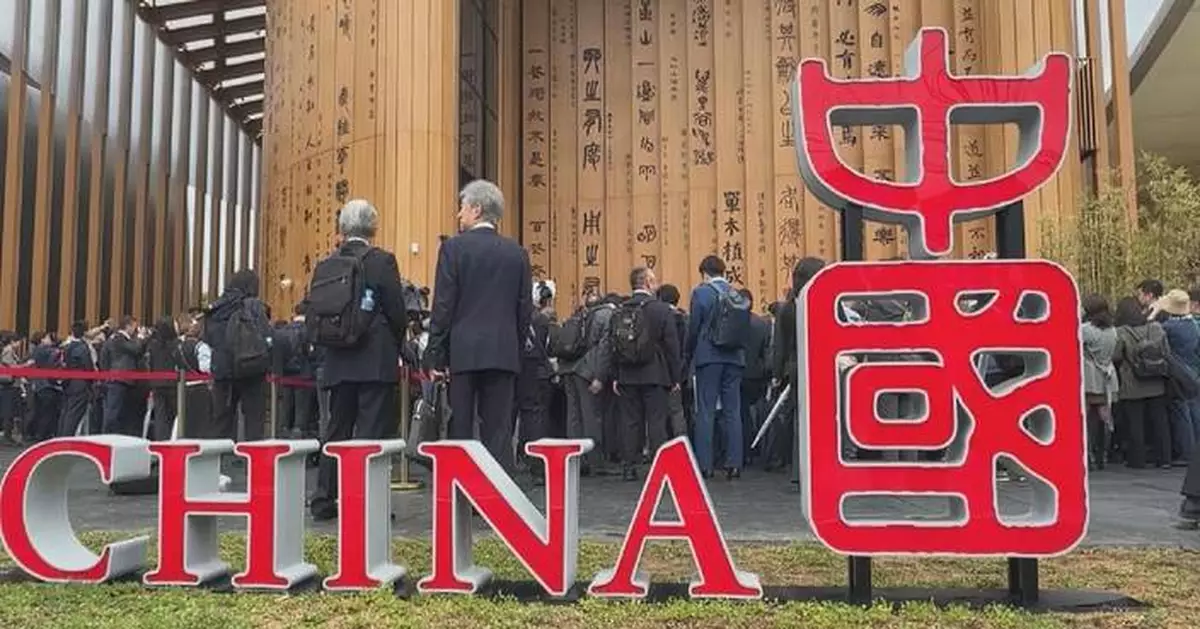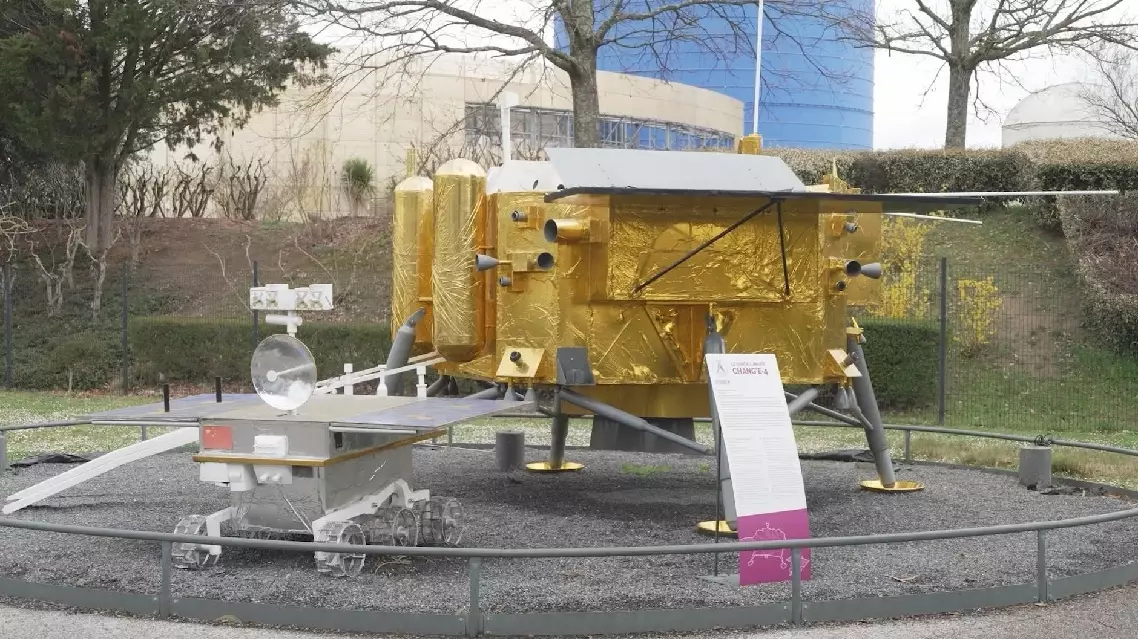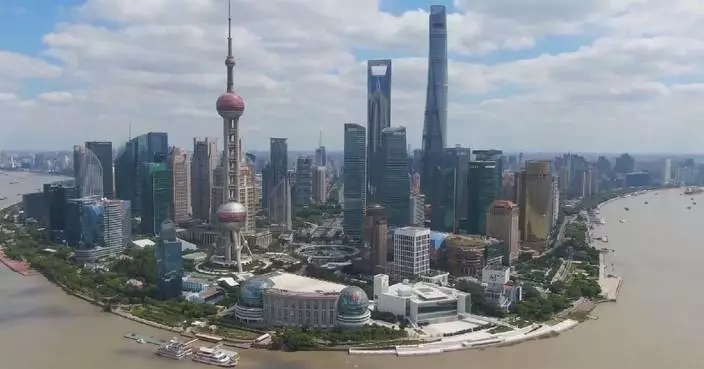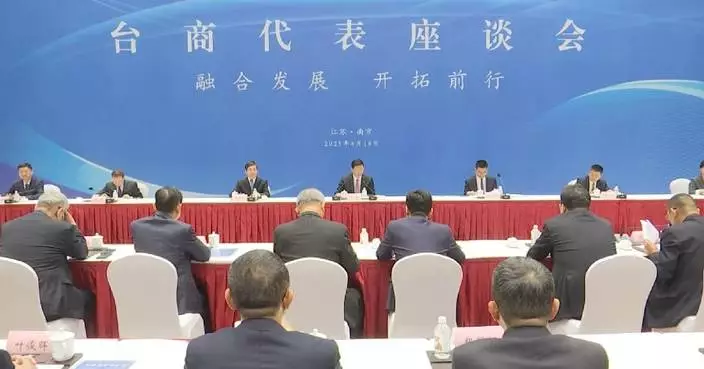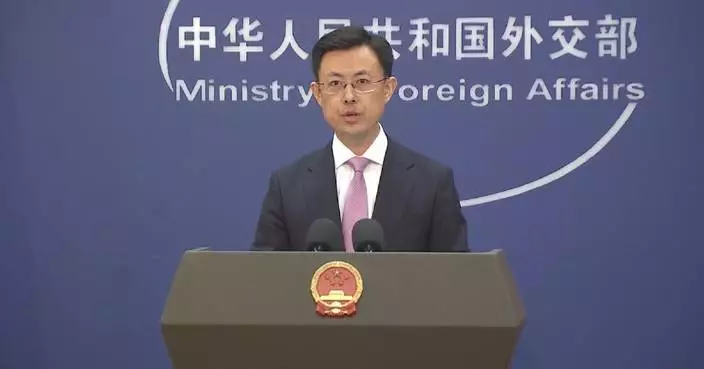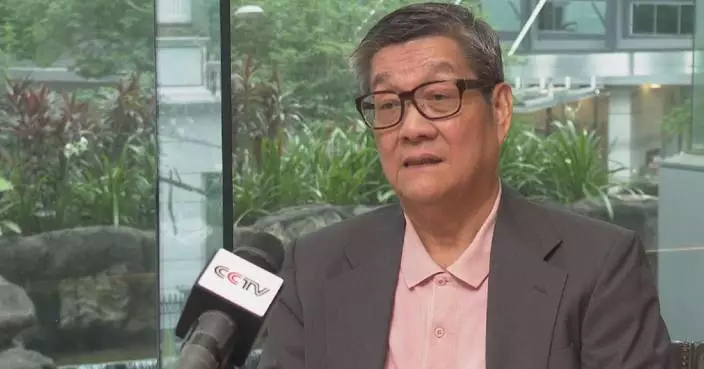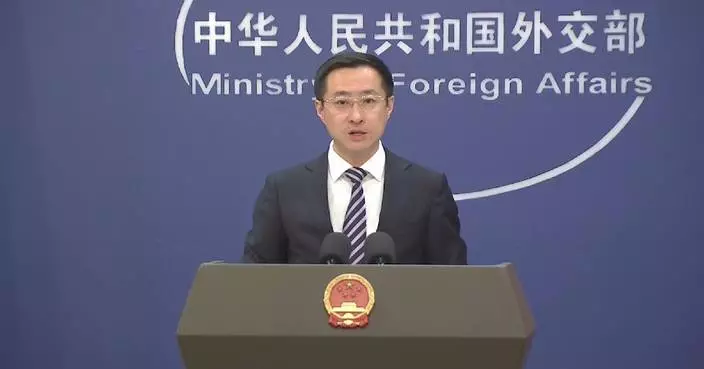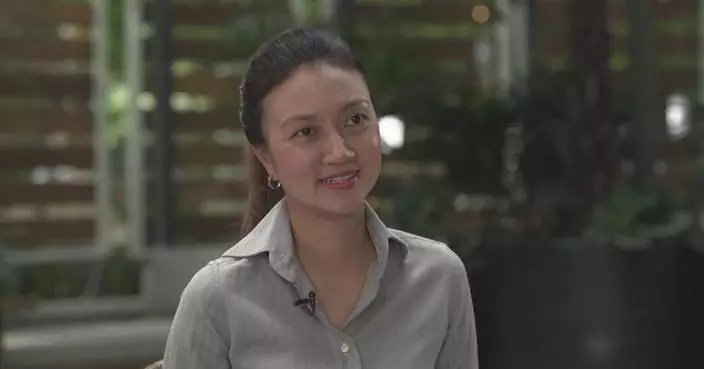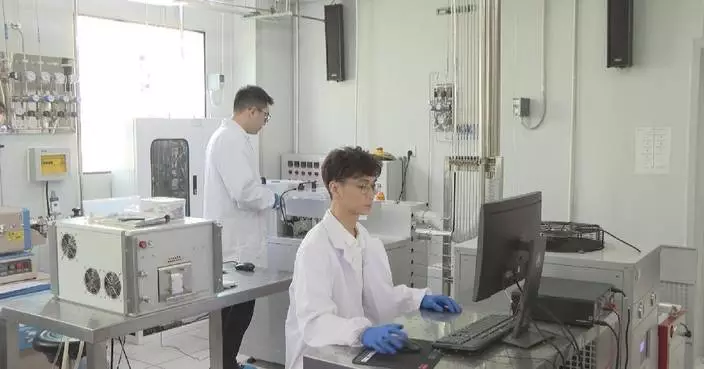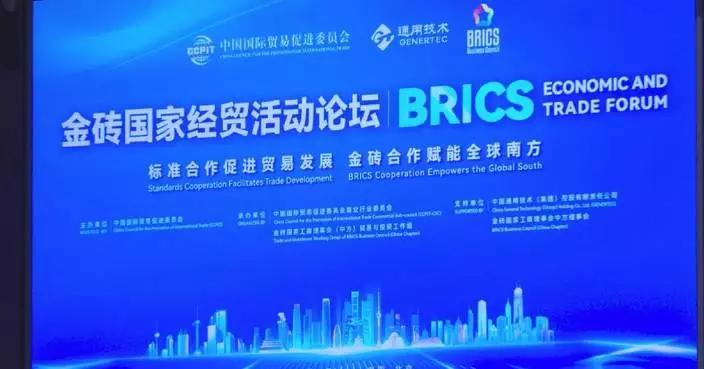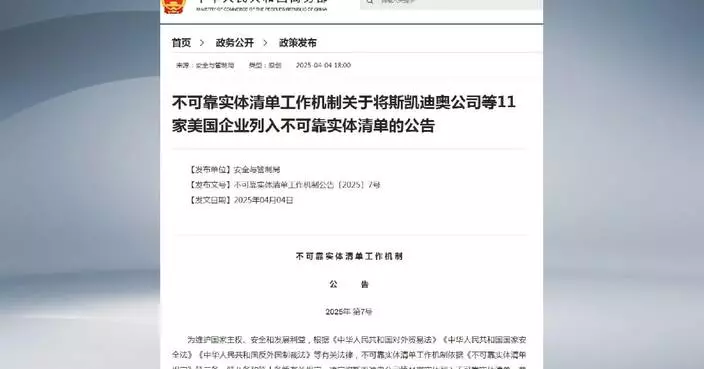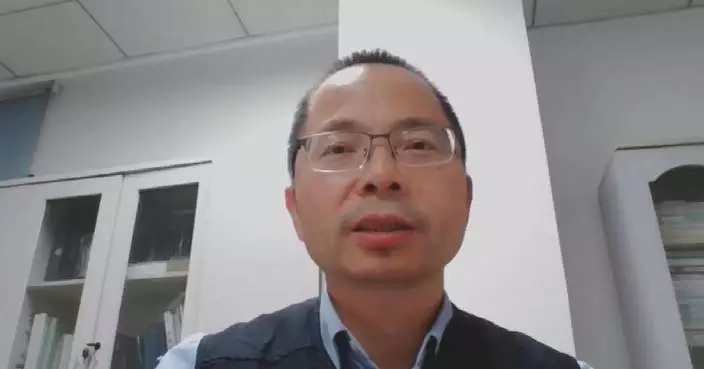The China Pavilion officially opened on Sunday at the Osaka Expo, with an opening ceremony held in front of the pavilion's main building, which is designed to resemble a traditional Chinese scroll.
Osaka Expo 2025 will run from April 13 to Oct 13, 2025. The China Pavilion, one of the largest foreign self-built pavilions at the event, covers approximately 3,500 square meters.
Around 300 guests attended the opening event. The opening ceremony also featured a traditional lion dance and a performance of the dance drama "The Crested Ibis" and both were warmly received by the audiences.
"I wish the Osaka World Expo a complete success. Welcome everyone to the China pavilion. Now I declare the China Pavilion of the Osaka Expo 2025 officially open," said Ren Hongbin, chairman of the China Council for the Promotion of International Trade.
Inspired by traditional Chinese calligraphy scrolls, the pavilion's architectural design embodies the theme of "Building a Community of Life for Man and Nature -- Future Society of Green Development."
The pavilion features three sections to showcase China's traditional ecological wisdom, modern green development initiatives, and its vision of global cooperation in fostering a sustainable future.
"The China pavilion will leave a good memory for visitors from Japan and around the world. The China Pavilion fully displays the Chinese style and culture. For visitors, visiting the China pavilion is an excellent opportunity to deepen their knowledge and understanding of China," said Masakazu Tokura, chairman of the Japan Association for the 2025 World Expo.
Attendees were deeply attracted by the exhibits showing China's remarkable sci-tech achievements and profound culture, such as experience cabin of China's manned submersible Jiaolong, the latest humanoid robots, sandbox showcasing smart city concept, multimedia dynamic images showcasing China's "Twenty-Four Solar Terms", as well as dynamic digital displays of ancient Chinese farming and weaving scenarios.
What attracts guests most is the exhibition zone where, for the first time, lunar soil extracted from both the near side and far side of the moon was put on comparative display.
The area was also decorated with images of the flying apsaras that can be seen on murals in millennium-old Dunhuang's Mogao Grottoes, a UNESCO World Heritage site boasting rich collections of Buddhist artworks in northwest China's Gansu Province, which fully demonstrates the combination of traditional Chinese aesthetics and China's latest sci-tech achievements.
"It is offering the world a view of how China sees the future while giving out a hand in order to work together to be able to show a more positive future. I have to admit it was very nice also to see the moon sand that was brought both from the light side and from the dark side of the moon," said Dimitri Kerkentzes, secretary-general of the Bureau International des Expositions (BIE).
"I felt the greatness of Chinese characters here. Chinese characters were also introduced to Japan. We also studied classical Chinese, and I wished that I had learned more about it before," said a Japanese visitor.

China pavilion officially opens at Osaka Expo


